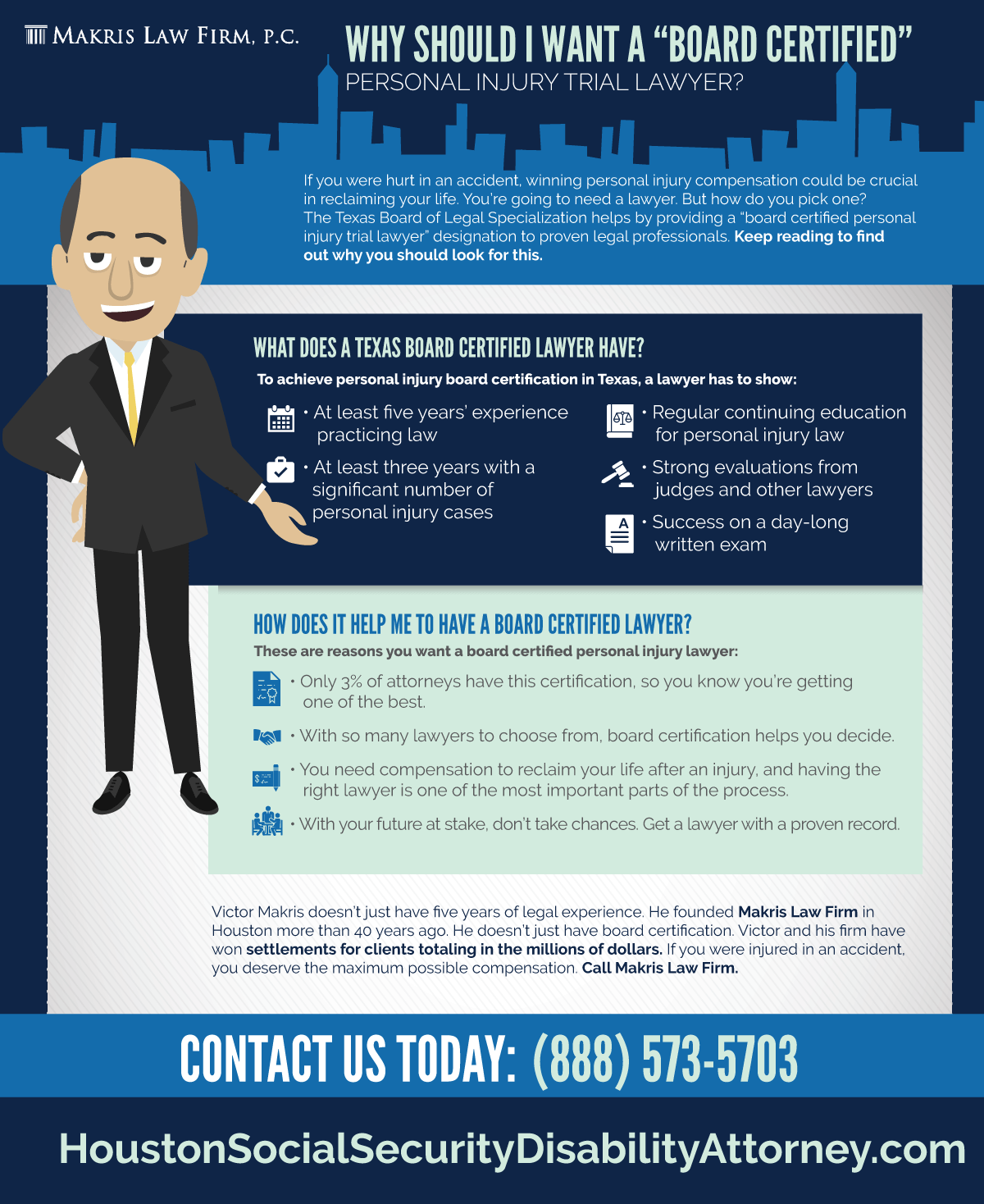The Criminal Test Process Explained: A Sequential Introduction Of Each Action
The Criminal Test Process Explained: A Sequential Introduction Of Each Action
Blog Article
Write- visit this web page link -Butcher Thompson
When you enter a criminal test, you may be amazed by the organized process that unravels. All of it starts with jury choice, where prospective jurors are inspected for prejudices via a technique called "voir dire." Afterwards, https://richmond.com/news/local/crime-and-courts/henrico-defense-attorney-gets-12-months-for-sexually-assaulting-intern/article_59a1bd4c-8c1f-5dab-baa1-17ad75b9f501.html provide their opening statements, setting the stage for the proof and testaments to comply with. You'll see how the prosecution and protection build their situations, however what occurs next can significantly influence the end result. Understanding https://drive.google.com/drive/folders/1cT805PnXgGigvOPooTCA0GYq_hP0YiWN can expose the complexities of justice, but there's even more to uncover regarding the critical moments that follow.
Jury Selection Process
When it comes to the jury selection procedure, you're diving into a vital phase of a criminal trial. This procedure, frequently called "voir dire," entails doubting potential jurors to guarantee they're impartial and with the ability of supplying a fair judgment.
You'll see both the prosecution and defense lawyer taking part proactively, each aiming to select jurors who line up with their situation's story.
During voir dire, you'll observe that attorneys ask questions concerning jurors' backgrounds, ideas, and experiences. Their goal is to identify any kind of pre-existing biases that could influence a juror's decision. As a juror, you could really feel a mix of anxiousness and curiosity, but your honesty is vital.
After examining, lawyers can test particular jurors for reason if they think a juror can't remain unbiased. They can also utilize a limited variety of peremptory obstacles to dismiss jurors without stating a reason.
Test Phases Explained
The phases of a criminal test play a crucial role in ensuring a fair and organized process.
You'll first experience the opening statements, where both the prosecution and protection outline their cases. This sets the stage wherefore's ahead.
Next off, the prosecution presents its proof and witnesses, intending to confirm the offender's sense of guilt beyond a sensible uncertainty. You'll see straight exam adhered to by cross-examination, enabling both sides to test the presented info.
After the prosecution relaxes its situation, it's the defense's turn. They'll offer their proof and witnesses, usually concentrating on creating sensible uncertainty. You'll discover that the defense does not have to confirm innocence; they simply need to challenge the prosecution's instance.
Once both sides have actually provided their disagreements, you'll hear shutting statements, where each celebration summarizes their case. This is essential as it enhances their positions before the court deliberates.
Throughout these phases, the judge ensures that the test follows legal requirements which the legal rights of both parties are safeguarded.
Recognizing these phases will certainly help you appreciate the complexities associated with a criminal trial and the relevance of each action in the search of justice.
Decision and Punishing
Nevertheless evidence has been presented and arguments made, the jury or judge supplies a verdict, determining the defendant's shame or virtue. If you become part of the court, you'll mull over with your fellow jurors, talking about the proof and your perceptions. This procedure can require time, as you'll intend to ensure everybody agrees on the verdict based upon the realities.
As soon as a decision is reached, it's announced in court. If the accused is condemned, the following phase is sentencing. This is when the judge determines the suitable penalty. You might discover that numerous factors affect the sentence, such as the severity of the crime, the offender's previous record, and any type of mitigating scenarios.
The judge may impose a variety of sentences, from penalties and social work to imprisonment. In some cases, the defense or prosecution can present arguments concerning sentencing, attempting to guide the court's decision.
If the defendant is found not guilty, they're acquitted, and no punishment complies with. Keep in mind that a guilty judgment can commonly result in appeals, where the offender may test the verdict or the sentence enforced.
Verdict
In a criminal test, you've seen exactly how critical each step is, from court selection to the final judgment. You've followed the prosecution and protection as they develop their cases, intending to convince the jury. Once consideration wraps up, the judgment establishes the end result, and if the accused is found guilty, the sentencing phase begins. Recognizing these procedures aids you value the intricacies of the justice system and the importance of each function in making sure a reasonable trial.
